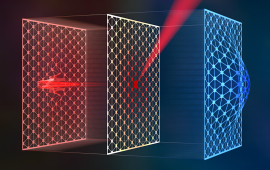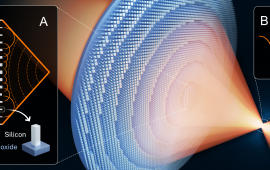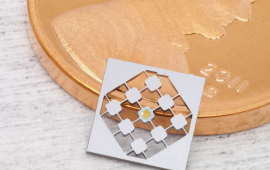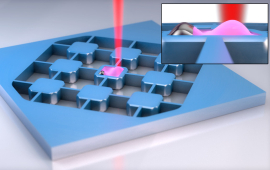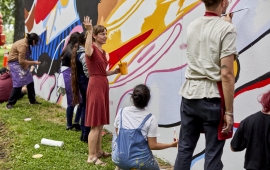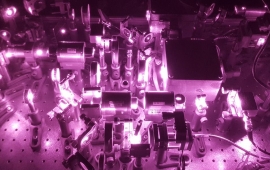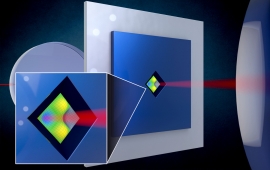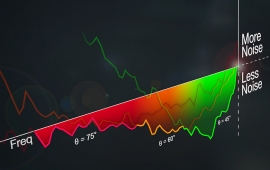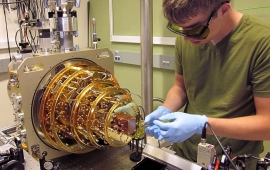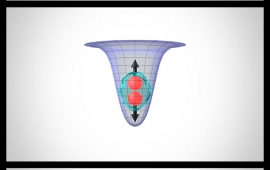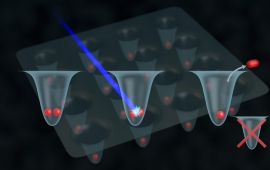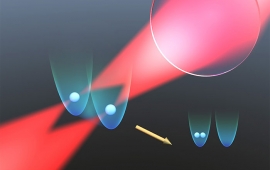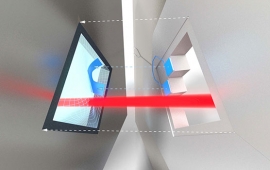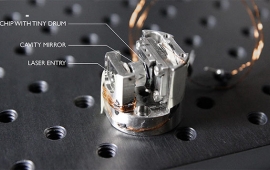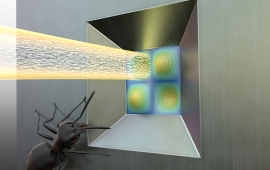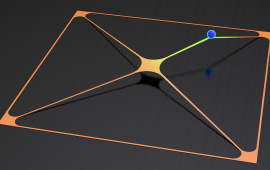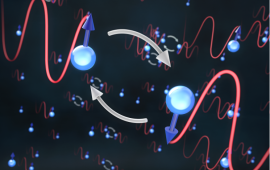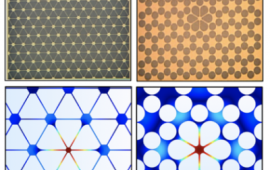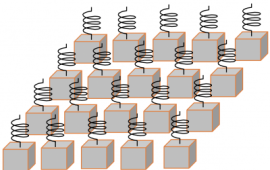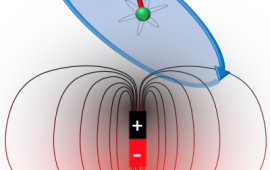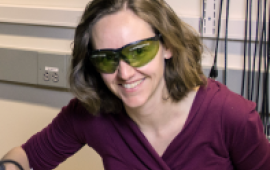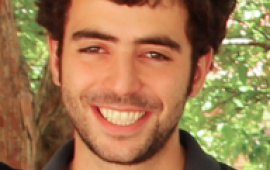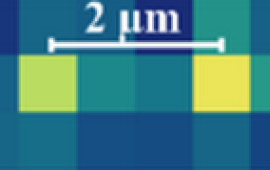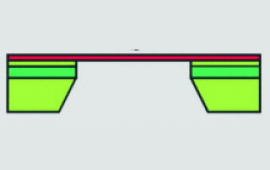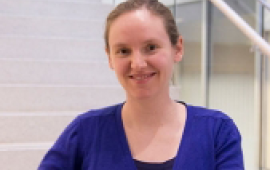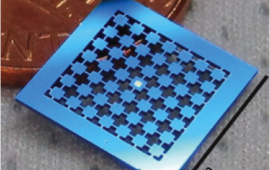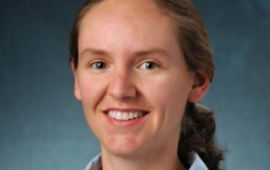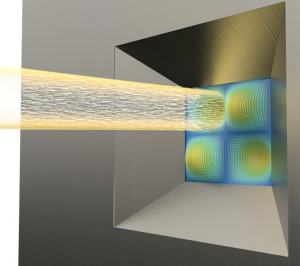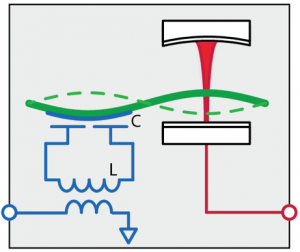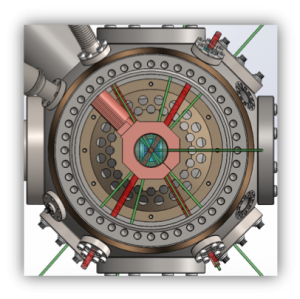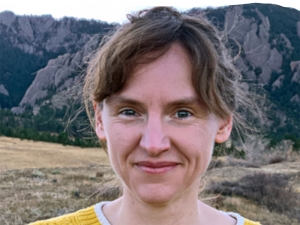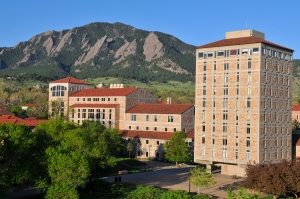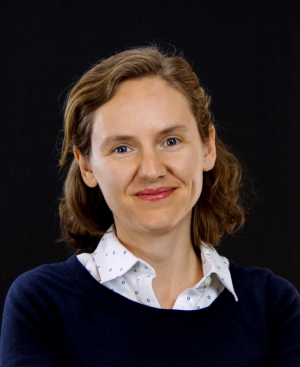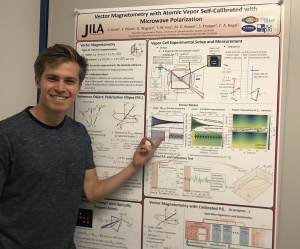The Regal Group
Research Highlights
Stories About Our Research
Our quantum systems explore the frontiers of control in atomic, optical, and mesoscopic physics. We laser cool the vibrations of mechanical objects that can measure displacements and extremely small forces at quantum limits. We are able to entangle and interfere single atoms placed atom-by-atom in identical quantum states. Our work enables transduction between disparate quantum systems and exploration of quantum many-body physics.
We are grateful for funding for our research from these agencies
Research Areas
Laser cooling of atoms uses radiation forces of light to push on atoms, and has revolutionized atomic physics. In our work, in a field known as optomechanics, we now have the capacity to cool vibrations of mesoscopic objects using radiation pressure combined with cryogenic cooling. We pick out particular nanomechanical modes of the solid that are well-isolated from their environment, and…
Electro-optic devices are ubiquitous in classical optical systems. In the quantum domain, an electro-optic device would also be very handy, for example, to transduce states created with superconducting quantum bits (qubits) to optical light. However, at the moment no electro-optic component exists that is low enough noise and efficient enough to work with quantum states.
We are building a new apparatus that will study large quantum systems of Rydberg atoms in optical tweezers harnessing a cryogenic, high-vacuum environment. This work is collaboration with the Kaufman group at JILA. Check back for more information!
We are studying a quantum system of bosonic 87Rb atoms in optical tweezers assembled particle-by-particle. We have shown optical tweezers can be used to confine atoms sufficiently to place them in their motional ground state via Raman sideband laser cooling. With this ability, we make bosonic atoms indistinguishable in all but their positional degree of freedom, and we can…
In the Spotlight
Regal is the first recipient for JILA's new endowed chair in optics and photonics.
Read More
A new national quantum research center draws on JILA Fellows' and their expertise to make the United States an international leader in quantum technology.
Read More
JILA Fellow Cindy Regal has been selected as the 2020 recipient of Research Corporation for Science Advancement’s Cottrell Frontiers in Research Excellence and Discovery (FRED) Award. The $250,000 FRED Award recognizes and rewards innovative research that could transform an area of science.
Read More
Chris Kiehl, a graduate student in the Regal Group, won a prize for his poster on quantum sensing and metrology at a conference in Germany this summer.
Read More
JILA Address
 We are located at JILA: A joint institute of NIST and the University of Colorado Boulder.
We are located at JILA: A joint institute of NIST and the University of Colorado Boulder.
Map | JILA Phone: 303-492-7789 | Address: 440 UCB, Boulder, CO 80309





